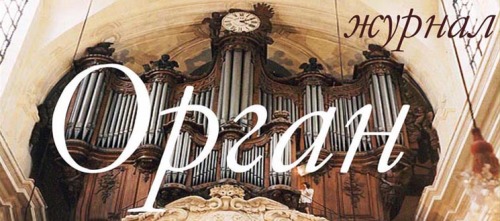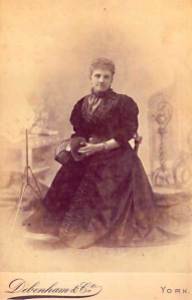The Russian-speaking organ community has a new platform for professional information and dialogue on organ culture in Russia and abroad: the quarterly periodical Орган: Журнал об органной культуре (Organ: Journal of organ culture). Launched in 2009 by the Московское Музыкальное Общество (Moscow Musical Society) , the Гocударственный Центральный Музей Музыкальной Культуры им. М.И. Глинки (Glinka State Central Museum of Musical Culture), and Союз Московских Композиторов (Moscow Composers’ Union), the journal is published by Стейдж-Мастер/Stage Master with assistance from Le chant du monde.
Organ is published in Russian with a collective summary in English; it is edited by the musicologist, organist, and pedagogue Evgeniâ Krivickaâ. Introducing instruments from around the world with specifications and photographs, and providing interviews and reports on organ events, the journal addresses a wide range of readers, from organists and organ builders to students and teachers, and everyone interested in organ music.













